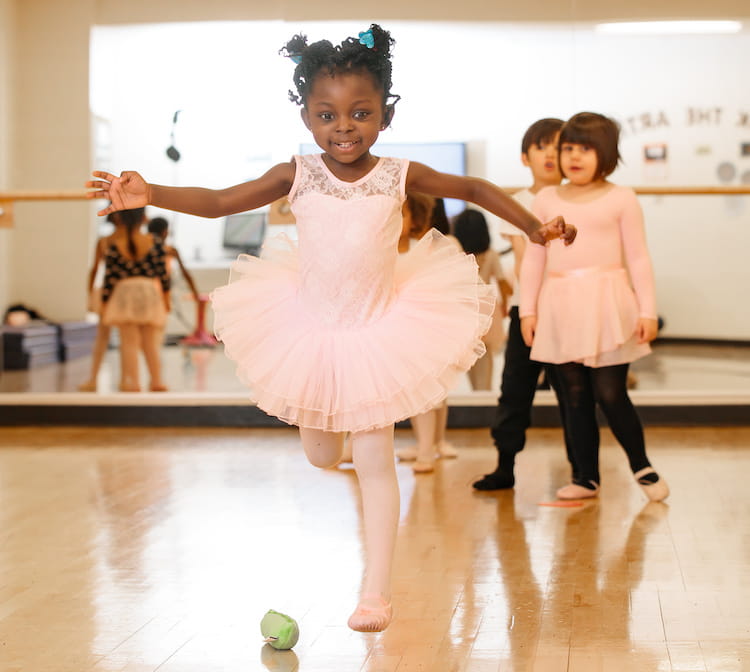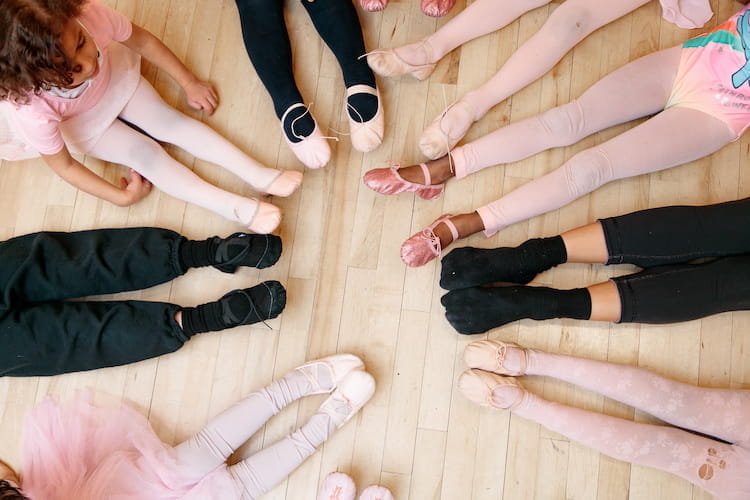
- Physical Fitness: Dance promotes physical fitness by improving coordination, flexibility, strength, and endurance. It encourages students to engage in regular physical activity, which is essential for their overall health and well-being.
- Expressive Outlet: Dance provides a creative and expressive outlet for children to communicate their thoughts, feelings, and ideas. Through movement and expression, students can explore their emotions, boost their self-esteem, and develop their personal identity.
- Cognitive Development: Dancing requires students to memorize steps, sequences, and patterns, which enhances their cognitive abilities such as memory, concentration, and problem-solving skills. It also stimulates brain function, improving their learning capacity and academic performance.
- Social Interaction: Dance is a highly social activity that encourages teamwork, cooperation, and communication. Students learn to collaborate with others, share ideas, and respect differences. It promotes a sense of belonging, fosters positive relationships, and helps develop essential social skills.
- Cultural Awareness: Through dance, students can explore and appreciate different cultures and traditions. They gain exposure to diverse styles of dance from various regions and countries, fostering a sense of cultural awareness, tolerance, and respect for others.
- Confidence and Self-Expression: Dancing allows students to express themselves authentically and build self-confidence. As they learn and master new movements, students develop a sense of achievement and self-belief, which carries over into other areas of their lives.
- Body Awareness and Control: Dance helps students develop a greater awareness of their bodies and how they move through space. It improves their coordination, balance, posture, and spatial orientation, promoting better body control and alignment.
- Creativity and Imagination: Dance encourages students to think creatively and use their imagination to develop unique movements and choreography. It nurtures their artistic abilities, stimulates their creative thinking, and encourages them to take risks and explore new ideas.
- Emotional Well-being: Engaging in dance can have a positive impact on students' emotional well-being. It provides an outlet for stress and emotions, allowing them to release tension and express themselves in a safe and supportive environment.
- Enjoyment and Fun: Dance is inherently joyful and fun, making it an engaging and enjoyable activity for primary school students. It promotes a love for movement, music, and creativity, creating a positive and enthusiastic attitude towards physical activity.
Overall, dance in Primary School not only contributes to students' physical development but also supports their emotional, social, and cognitive growth. It provides a holistic learning experience that nurtures their well-being, creativity, and self-expression, while also fostering important life skills such as teamwork, confidence, and cultural awareness.

